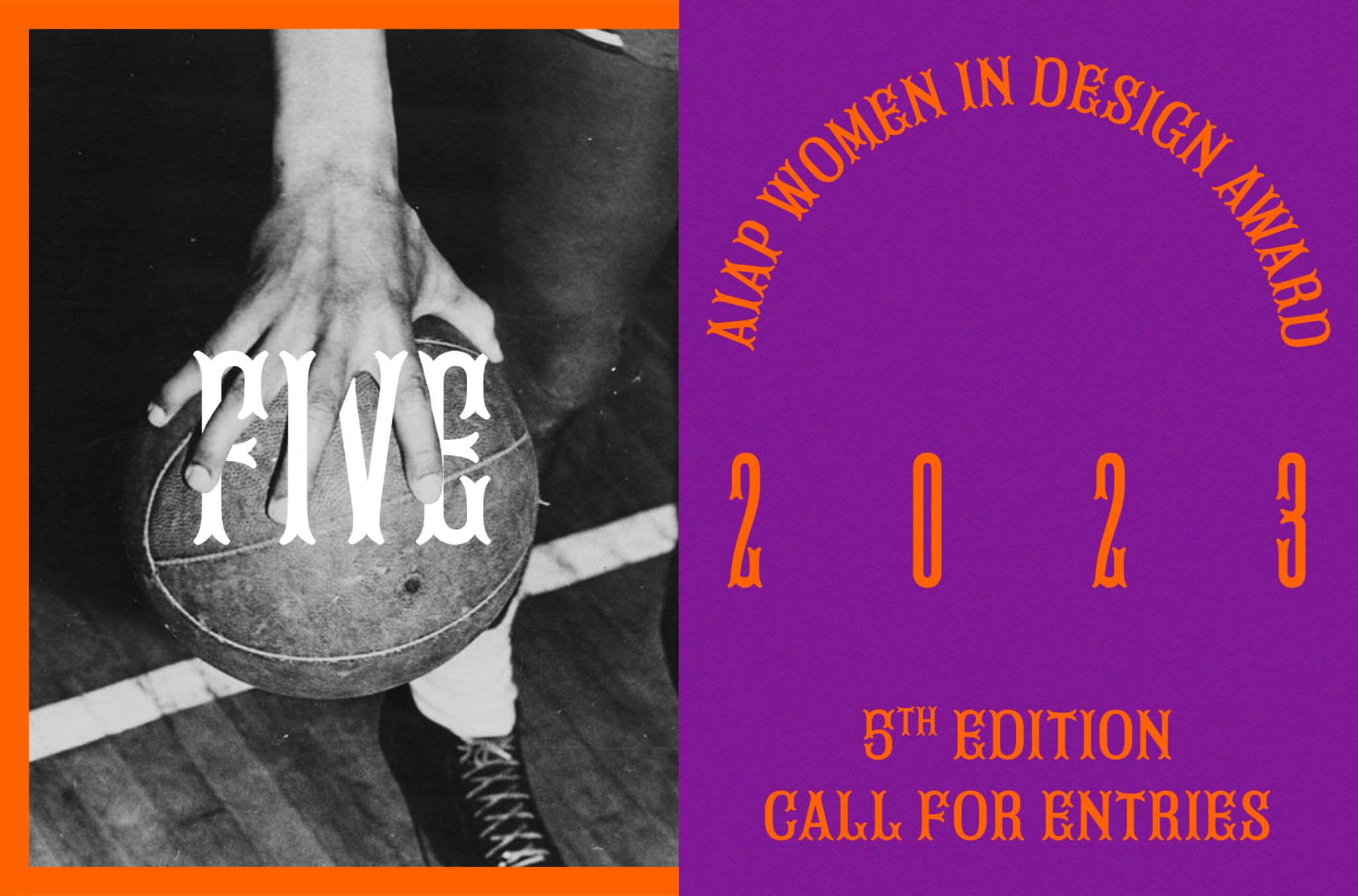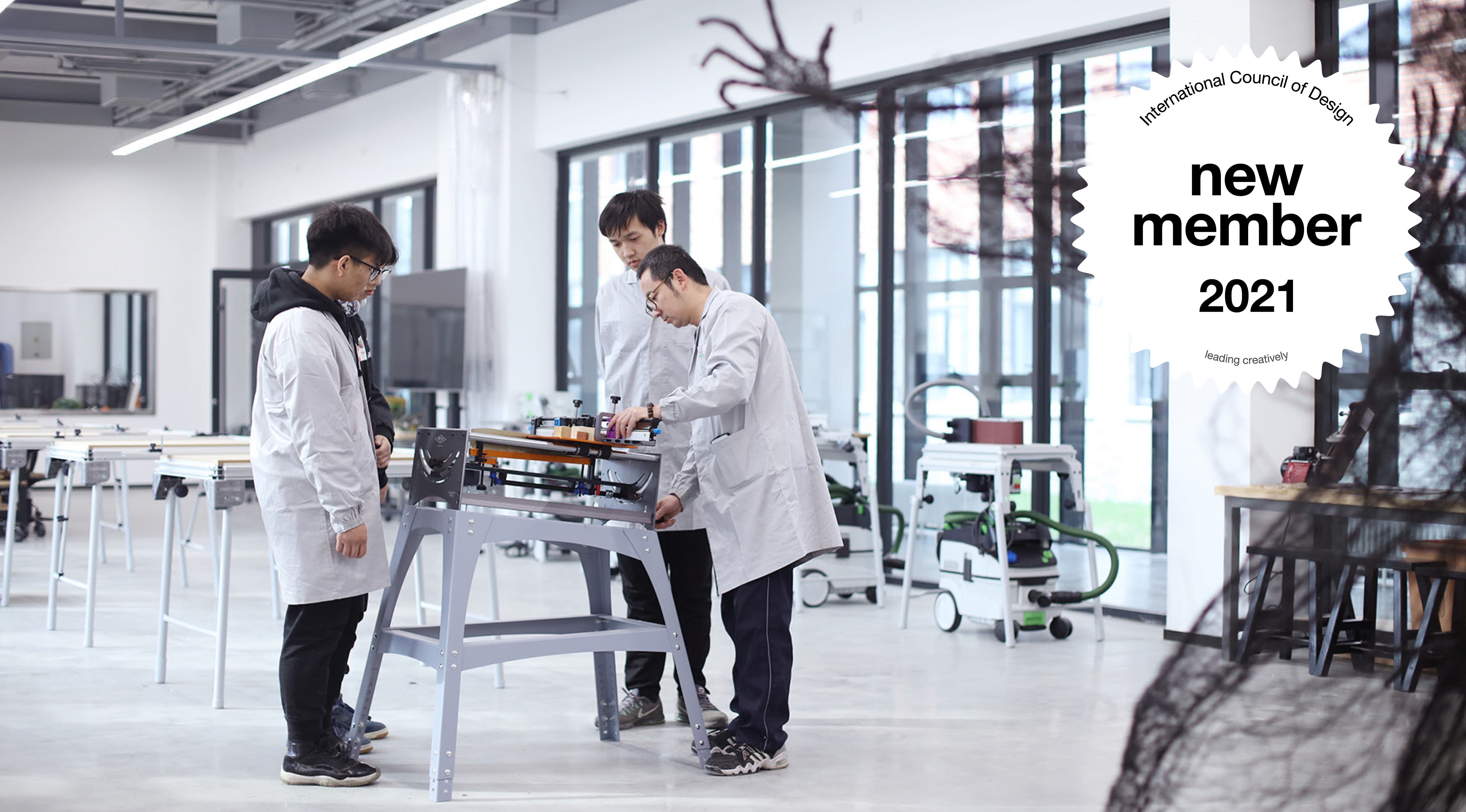Becoming ico-D

01.11.2016 News
When the International Council of Graphic Design Associations was founded in 1963, the world was a very different place. Distances between continents were greater, information was precious, and graphic design was a profession with very clear boundaries.
Today, so much has changed. Technology has connected every corner of the earth, making it possible to work across time zones, connect at the touch of a button, and share a common, on-going, evolution of the state of design almost in real-time. The ubiquity of accessible, digital tools has made “design” available for everyone, including non-designers— simultaneously elevating its importance and blurring the lines between professional and non-professional work.
Our role as a Council has evolved, and the legacy we have created propels us forward. Our values and the principles by which we operate endure, but the expression of these—in the face of the evolving needs of the profession— iterate, mutate, and expand.
Technology has also opened up whole new channels for the application of design. In terms of graphic design, print led the way to web, multimedia, interaction and also started to spark most interesting off-shoots, integrating visual design language into architecture, high-tech, entertainment, music and a seemingly unlimited evolution of hybrid forms. Similar developments affected the other design disciplines—vastly increasing interaction between the disciplines.
The Council’s Members, originally 28 professional graphic design associations from 17 European countries, have themselves evolved tremendously. In keeping with our founding values, our Membership has become increasingly diverse geographically; we have incorporated educational institutions (who are forming the designers of tomorrow). National governments have increasingly become aware of the power of design and now support design councils and promotional bodies to leverage this. These too have become Members. Most of these entities are multidisciplinary.
The context in which we operate today has also changed. The design industry has become increasingly large and complex, with private and public entities sprouting up to fill needs of a global, connected audience. Design touches governments and cities through innovation and service architecture. It is viewed in museums, and discussed on television. It is part of pop-culture and also central to many of the debates around quality of life—with increasing impact on health, environment, management of population growth and displacement.
At the 25GA, Montréal General Assembly in 2013, when the Members voted overwhelmingly to complete the transition into a multidisciplinary Council, and again at the AGM (Annual General Assembly) in New York in 2014, when the Members voted to change the name of Icograda to the International Council of Design (ico-D), they were reflecting their changing vision for the Council.
Today we present to you a Council with renewed vitality and clarity of vision. While remaining true to the legacy of our core values, we have refined our initiatives, re-shaping how our actions respond to the needs of our Members and the larger design community today.
This article was originally published as part of the 26 GA 2013-2015 Report.
For any questions contact info@ico-d.org

relatedarticles

in memoriam: essam abu awad (1958-2021)

in memoriam: yu bingnan (1933–2020)


